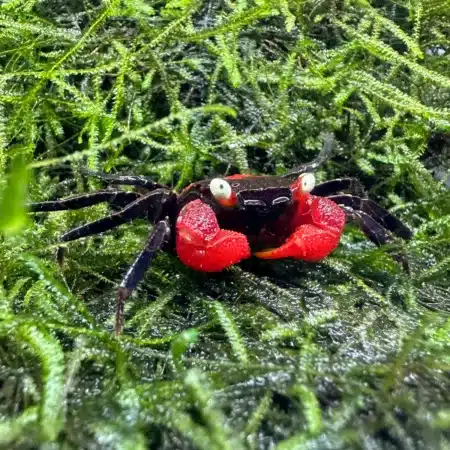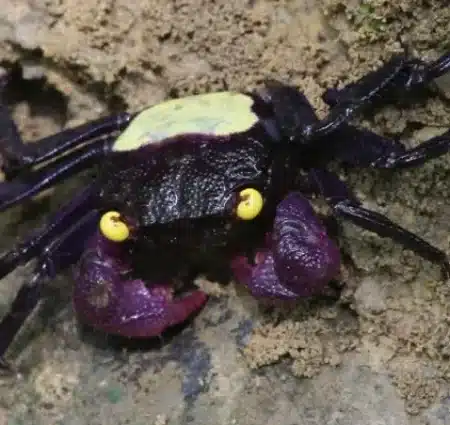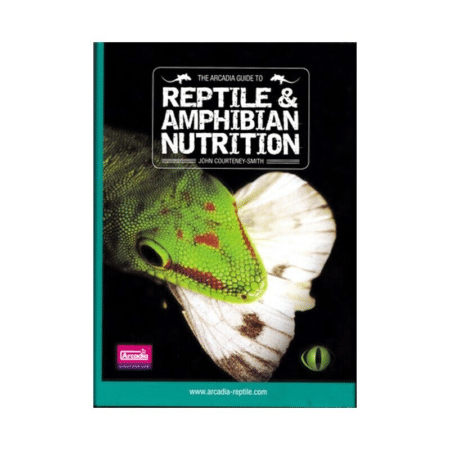To provide the best experiences, we use technologies like cookies to store and/or access device information. Consenting to these technologies will allow us to process data such as browsing behaviour or unique IDs on this site. Not consenting or withdrawing consent, may adversely affect certain features and functions.
The technical storage or access is strictly necessary for the legitimate purpose of enabling the use of a specific service explicitly requested by the subscriber or user, or for the sole purpose of carrying out the transmission of a communication over an electronic communications network.
The technical storage or access is necessary for the legitimate purpose of storing preferences that are not requested by the subscriber or user.
The technical storage or access that is used exclusively for statistical purposes.
The technical storage or access that is used exclusively for anonymous statistical purposes. Without a subpoena, voluntary compliance on the part of your Internet Service Provider, or additional records from a third party, information stored or retrieved for this purpose alone cannot usually be used to identify you.
The technical storage or access is required to create user profiles to send advertising, or to track the user on a website or across several websites for similar marketing purposes.

















Emily Carter (verified owner) –
I recently purchased the 6 x Corydoras Mixed Selection for my community tank, and I couldn’t be happier! These peaceful little catfish have brought such life to my aquarium. After about two weeks of watching them explore their new home, I can confidently say they are thriving. Their playful nature and gentle behavior make them ideal for a freshwater fish setup, especially in a community tank. Compared to the other corydoras I’ve had in the past, this assorted mix has shown a fantastic variety of patterns and colors, which I absolutely love!
Moreover, they are excellent at keeping the substrate clean, which not only benefits their health but also helps maintain the overall tank environment. I did notice that they appreciate hiding spots, so I recommend adding some caves or plants for their comfort. For anyone looking to enhance their aquarium with friendly, active fish that contribute to a harmonious community, I can’t recommend these cory catfish enough. They truly add personality and joy to my aquatic world!
Laura Miller (verified owner) –
I recently purchased the 6 x Corydoras Mixed Selection, and I couldn’t be happier! These peaceful cory catfish have transformed my community tank. After just one week, they’ve settled in beautifully and are already schooling together, which adds such a lively dynamic to the tank. I love how they sift through the substrate, keeping things clean while showing off their charming personalities. Compared to other bottom-dwellers I’ve had in the past, like loaches, these corys are much more social and truly enhance the aquarium’s aesthetics. My tank is 55 gallons, and it’s so rewarding to see these freshwater fish thrive in a space that feels like home. One small concern is that they can be a bit skittish when startled, so I recommend providing plenty of hiding spaces with plants or decorations. Overall, if you’re looking to add some character to your community tank, these corydoras are perfect! I’d especially recommend them to beginner aquarists or anyone wanting to maintain a peaceful environment for their fish. Will definitely be purchasing again!